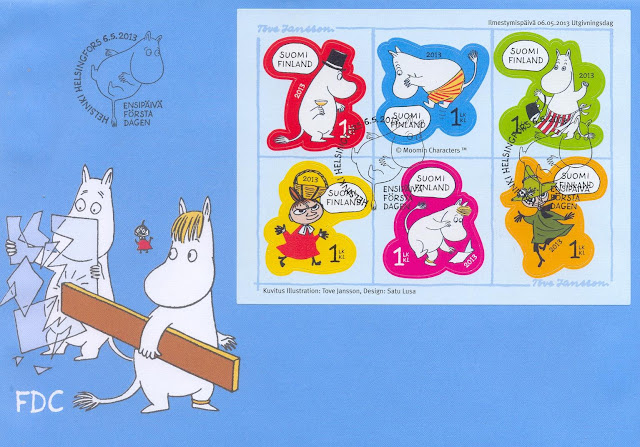Fom its geographical position which is at the crossroads of three continents, and its proximity to the Suez canal, it is obvious that these circumstances have promoted merchant shipping as an important industry for the island nation of Cyprus. As of 2005 Cyprus holds the 9th largest (by DWT) merchant navy in the world and the 3rd largest in the European Union.
Merchant shipping has long been of great importance to the island, with its roots stretching well back into antiquity. Examples of shipwrecks discovered off the island’s coast (e.g. the Kyrenia ship) plus evidence of ancient ports (e.g. Amathus) give proof to the fact that Cyprus was a major seafaring player in antiquity and located along important trade routes.
Merchant shipping has been actively developed by successive governments since the independence of Cyprus from British rule in 1960 and has since experienced sustained growth. The first shipping hub was created in the port of Famagusta, but since the Turkish invasion of 1974 this port has been occupied by Turkish forces and is currently declared illegal. Most business has since been transferred to Limassol Port and to a lesser extent Larnaca Port.
Shipping makes up approximately 2% of the GDP with an overall contribution in the of CYP£170 million (1999). 3,500 people are employed in the industry, representing 2% of the total gainfully employed population. The total revenue of Cyprus Maritime Administration for the year 2003 was around CYP£5.3 million which mainly consists of tonnage tax from ship owning and ship management companies, registration fees and issue of shipping documents.
The stamp on this FDC commemorates The Cyprus Merchant Marine. It is postmarked on 4.10.1993. Thank you Merja.






.jpg)
















+FDC+-+EUROPA1978+-+Merja.jpg)

